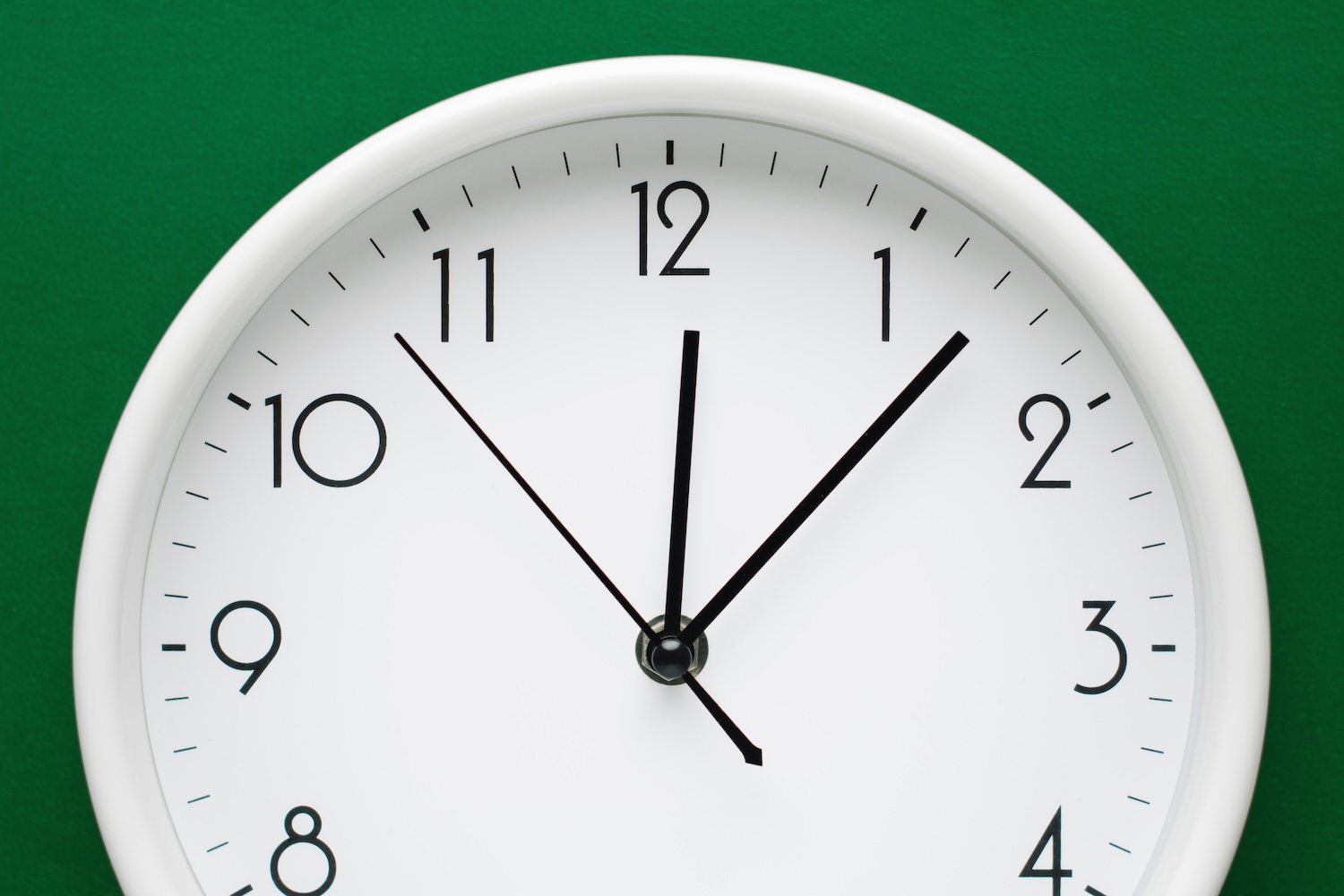If you’re struggling with unmanageable debt, an Individual Voluntary Arrangement (IVA) could offer you a way forward. But once you’ve decided to pursue this debt solution, you’ll naturally want to know: how long will it take to set up?
The good news is that setting up an IVA typically takes between four and six weeks from start to finish. However, the exact timeline depends on how quickly you can provide the necessary documentation and how long your creditors take to review your proposal.
What is an Individual Voluntary Arrangement (IVA)?
An Individual Voluntary Arrangement (IVA) is a formal agreement between you and your creditors to repay your debts in a way that’s affordable for you. Rather than juggling multiple unmanageable payments, you make one affordable monthly payment based on what you can realistically afford.
Once approved, IVAs are legally binding, which means your creditors must stop chasing you for payment. All contact from debt collectors and bailiffs must cease. The arrangement typically lasts five or six years, after which any remaining debt is written off.
To set up an IVA, you’ll need to work with a licensed Insolvency Practitioner (IP) who will manage the entire process on your behalf.
How long does it take to set up an IVA?: The IVA Process
The process from applying for an IVA to its approval typically takes between four and six weeks, although in some cases it may be slightly longer if additional information is needed. Here’s what happens at each stage:
Step 1: Initial Consultation (Week 1)
The first step is to contact our IVA specialists at NDH Financial. During your initial IVA consultation, a debt consultant will review your financial situation in detail to determine whether an IVA is the right debt solution for you.
You’ll discuss your income, expenses, assets, and debts. The consultant will then calculate how much you can realistically afford to pay towards your debts each month. If an IVA is suitable, your case will be passed to a licensed Insolvency Practitioner who will handle the formal process.
Step 2: Gathering Your Financial Documentation (Week 1-2)
Once you’ve decided to proceed, you’ll need to provide various documents to evidence your financial circumstances. This typically includes:
- Recent payslips (usually three months’ worth)
- Bank statements (typically three months)
- Proof of identity and address
- Details of all your debts and creditors
- Information about any assets you own
The quicker you can provide these documents, the faster the process will move forward. Most IVA providers accept scanned or electronic copies via email, which significantly speeds up the process.
Step 3: Preparing Your IVA Proposal with an IVA Practitioner (Week 2-3)
Your IVA practitioner (IP) will use the information you’ve provided to prepare your IVA proposal. This is a detailed document that outlines your financial situation, explains why you’re unable to repay your debts in full, and sets out the terms of your IVA and what you’re offering to pay.
You’ll have the opportunity to review the proposal and make sure you’re happy with its contents before it’s sent to your creditors. This stage typically takes about a week, although it may take longer if any information is missing or needs clarification.
Step 4: Creditor Decision Period (Week 3-6)
Once you’re satisfied with the proposal, your IP will send it to all your creditors. They then have a minimum period (usually 14 days) to review the proposal and decide whether to accept it.
During the meeting of creditors, they will vote on your proposal. You only need 75% of the creditors who participate in the vote to agree for your IVA to be approved. As long as your repayment offer is reasonable and reflects what you can reasonably afford to pay, most creditors will accept it.
Sometimes, creditors may request additional information or modifications to the proposal, which can extend this stage by one to two weeks. Your IP will handle all negotiations with creditors on your behalf.
Step 5: IVA Approval and Implementation (Week 4-6)
If your creditors approve the proposal, your IVA becomes a legally binding agreement. From this point forward:
- Your creditors can no longer chase you for payment
- All contact from bailiffs and debt collectors must stop
- Interest and charges on your debts are frozen
- You begin making your agreed monthly IVA payments to your IP, who distributes the funds to your creditors
Now you’ve entered into an IVA, and you’re on your way to becoming debt-free.
How Can I Speed Up My IVA Application?
Whilst some parts of the IVA process can’t be rushed, like the minimum notice period creditors must be given, there are several things you can do to keep your application moving as quickly as possible:
- Provide your documents promptly. The single biggest cause of delays is late submission of paperwork. As soon as your IP requests documents, send them over straight away. Email scanned copies or photos for the fastest turnaround, or post them first class if needed.
- Make sure everything is complete and legible. Check that all pages are included, your documents show the necessary information, and any scans or photos are clear and readable. Incomplete or illegible documents will need to be resubmitted, adding extra time.
- Respond quickly to any queries. Your IP may need to ask follow-up questions as they prepare your proposal. The faster you respond, the quicker things will progress. Keep an eye on your emails and make sure your IP has your best contact details.
- Be honest and accurate from the start. Providing accurate information during your first conversation means fewer corrections later. Be upfront about your full financial situation, including all debts, income, and expenses.
- Keep your IP updated. If your circumstances change during the application, like a change in income or a new debt, let your IP know immediately. It’s much easier to address issues early on than to revise your proposal later.
What should I tell my creditors while I’m waiting for my IVA agreement?
If your creditors contact you during the four to six weeks it takes to set up your IVA, it’s understandable to feel anxious or stressed. However, the best approach is simply to be honest with them.
Be Upfront About Your Situation
Let your creditors know that you’ve spoken to a licensed Insolvency Practitioner and are in the process of setting up an IVA. Explain that you’re taking positive steps to address your debts and ask if they can place your account on hold until the agreement has been approved.
Most creditors will be willing to help once they know you’re actively working towards a solution. They recognise that an IVA means they’re more likely to recover at least some of the money you owe, rather than receiving nothing at all. Many will give you one or two months of breathing space whilst your application is processed.
If Creditors Won’t Wait: The Breathing Space Scheme
In some cases, creditors may continue to pursue payment or may have already appointed bailiffs. If this happens, you can apply for the Breathing Space scheme (also known as the Debt Respite Scheme).
To apply for Breathing Space, you’ll need to contact a debt charity or an FCA-regulated organisation that can assess your eligibility and make the application on your behalf. If approved, the scheme provides you with 60 days of protection (or longer if there are mental health concerns).
During this period:
- Your creditors cannot contact you or take further action
- Interest and charges on your debts are frozen
- Enforcement action (including bailiff visits) must stop
However, you’re still expected to continue making payments to your creditors during Breathing Space if you’re able to do so.
Applying for an Interim Order
Another option if creditors are taking or threatening legal action is to apply for an interim order through the court. Your IP can help you submit the necessary paperwork for this.
An interim order prevents creditors from proceeding with any further legal or recovery action whilst it’s in force. Once your IVA is approved, the court will end the interim order, as the IVA itself then provides the legal protection you need.
There is a court application fee for an interim order, which your IP will discuss with you if this route becomes necessary.
Should I stop paying my debts while making an IVA application?
Until your IVA is formally approved, you’re still legally obligated to make payments to your creditors. If you can afford to continue making your contractual payments, you should do so.
However, if maintaining your full payments isn’t possible, which is often why people apply for an IVA in the first place, try speaking to your creditors. Explain that you’re setting up an IVA and ask if they’ll accept reduced payments or place your account on hold temporarily. Many creditors will agree to this, as they know an IVA gives them a better chance of recovering what you owe.
If you do stop making payments and creditors contact you, be honest. Tell them you’re working with an Insolvency Practitioner to set up an IVA and request that they hold off on further action until the agreement is in place.
One Important Rule: Don’t Borrow More Money
Regardless of your payment situation, it’s really important that you don’t take on any new debt during the application period. This includes credit cards, payday loans, overdrafts, or buy now, pay later schemes. Taking on new borrowing can jeopardise your entire IVA application.
Your IVA provider can give you tailored advice based on your specific circumstances, so speak to them if you’re unsure what to do.


